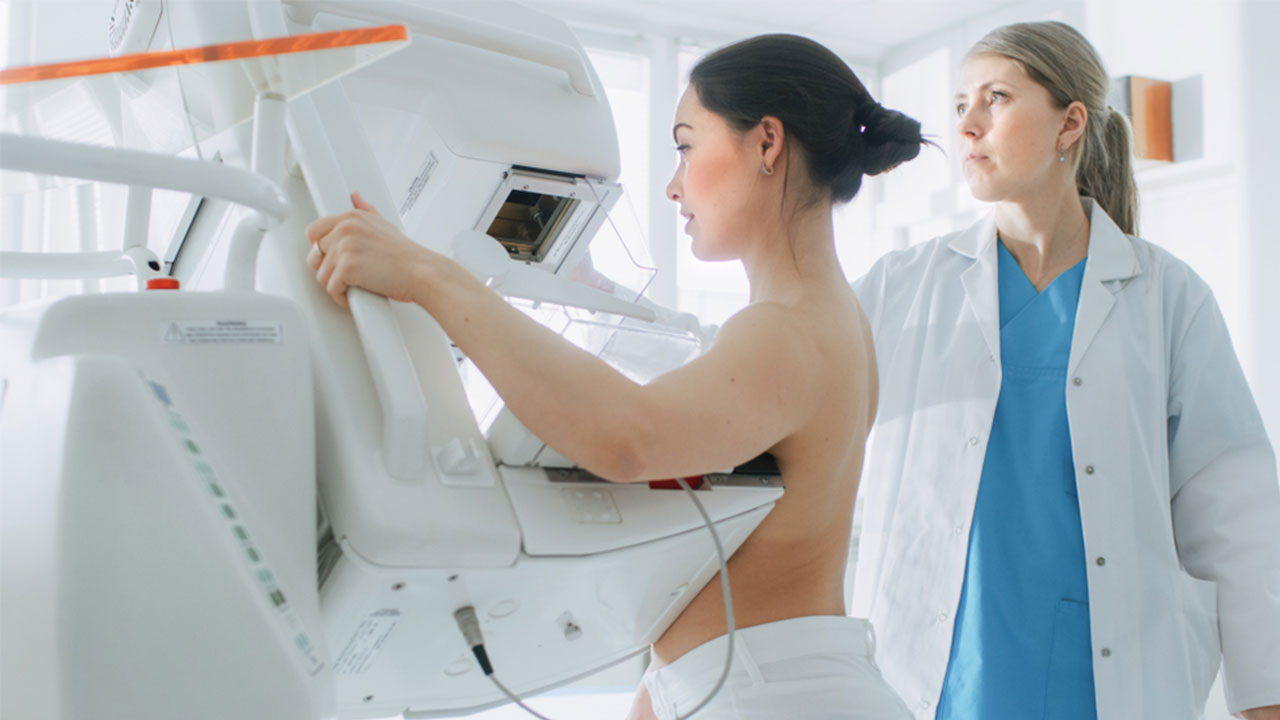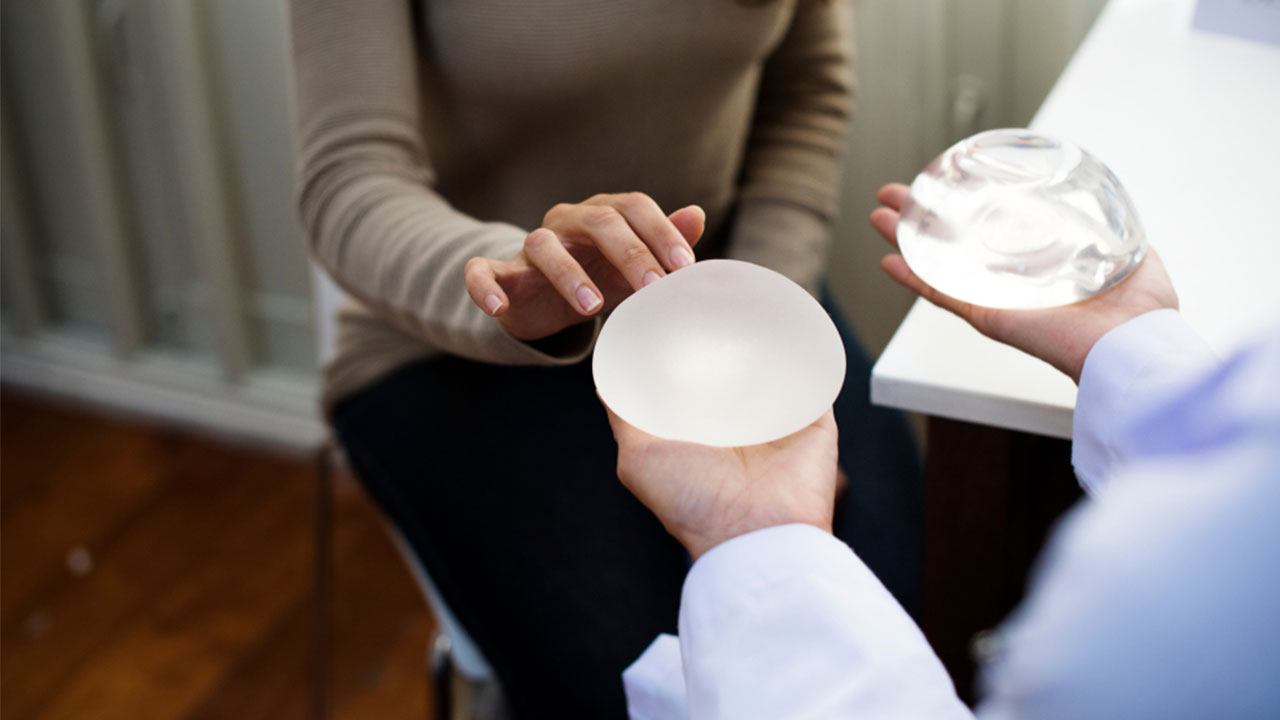Breastfeeding Wellness: How to Treat and Prevent Mastitis
 By: by Amino Science
By: by Amino Science

Mastitis is an inflammation of the breast tissue that can occur in anyone—even men—although it’s most common among breastfeeding mothers. When it occurs in lactating women, the condition is also known as puerperal or lactation mastitis, and it affects approximately 10% of all breastfeeding women. Mastitis is a painful and frustrating condition and is enough to make some women give up breastfeeding altogether.
So if you’re suffering from the torment of mastitis and are at your wit’s end, come with us as we uncover how to treat and prevent this bane of nursing mothers. We’re confident the information we dig up will help get you feeling back to your old self again.
Mastitis Causes
If milk doesn’t drain completely from a breast due to blockage of a milk duct, a decrease in feeding frequency, poor attachment, or pressure from tight bras, for example, a condition known as milk stasis can occur. When this happens, milk stagnates within the breast and may become a breeding ground for bacteria, leading to what’s called infective mastitis.
While no one knows for certain how bacteria actually enter the breast tissue and cause infection, it’s believed that bacteria from the skin’s surface or baby’s mouth enter the milk ducts through a crack in the skin or duct opening.
Sometimes, however, it’s thought that the body’s immune system registers the proteins in stagnant milk as infectious agents and generates an inflammatory response to stop the infection from spreading.
Although mastitis generally occurs within the first three months after giving birth, other factors are also associated with a greater chance of developing the condition. These risk factors include:
- Prior history of mastitis
- Cracked or irritated nipples
- Delayed or missed breastfeeding sessions
- Tight-fitting clothing
- Putting pressure on the breasts
- Using only one position to breastfeed
- Elevated stress levels
- Inadequate nutrition
In addition, a 2014 study found that several additional factors may put a woman at risk of developing mastitis. These include:
- Oral antibiotics or topical antifungals during breastfeeding
- Breast pumps
- Breast milk coming in greater than 24 hours postpartum
- Family history of mastitis
- Mother-infant separation for greater than 24 hours
- Throat infections
- Use of creams on the nipples
Mastitis Symptoms
Symptoms of mastitis can appear suddenly but are easily recognizable and usually involve only one breast. Symptoms to look out for include:
| Breast tenderness | Red, wedge-shaped area |
| Warmth | Nipple discharge |
| Swelling | Fever |
| Skin thickening | Chills |
| Hard breast lump | Nausea |
| Burning sensation while breastfeeding | Vomiting |
Mastitis Diagnosis, Treatment, and Prevention
Although the symptoms of mastitis are generally amenable to self-diagnosis, to avoid complications, women should see their health care providers to obtain a definitive diagnosis. Generally, a physical exam and medical history will be sufficient, but if symptoms are particularly severe, a breast milk culture may also be conducted to help determine whether an antibiotic is indicated.
When mastitis is the result of a bacterial infection, Staphylococcus aureus is frequently the culprit, antibiotics effective against this bacterium are generally prescribed. In very rare cases, a type of breast carcinoma called inflammatory breast cancer can present with symptoms that may be confused with mastitis. Women whose symptoms don’t respond to antibiotic treatment may need a biopsy to determine whether breast cancer is present.
In addition, mastitis that’s improperly treated or the result of a plugged duct can lead to an abscess, or collection of pus. Studies indicate that most cases of mastitis that progress to abscess involve infection with Staphylococcus aureus. If a breast abscess is allowed to progress, it may rupture and cause a mammary fistula, or abnormal tunnel that leads to the skin’s surface. Therefore, women who develop breast abscesses will generally need to undergo fine-needle aspiration for drainage.
However, the majority of mastitis cases aren’t severe, don’t require antibiotics, and can be treated at home with simple self-care measures. Let’s take a look at some of these now.
Fluids
Making a point to drink plenty of fluids each day—especially water—can help you avoid dehydration and flush toxins from your system.
Rest
Proper rest is essential for healthy immune function, so make sure you’re getting the downtime your body needs.
Lecithin
The lecithin found in foods such as soybeans and egg yolks contains polyunsaturated fats that help prevent blocked milk ducts by decreasing the viscosity of breast milk. Additional sources of polyunsaturated fats include wild-caught salmon, walnuts, almonds, and extra virgin olive oil.
Compresses
The heat of a warm compress can help increase circulation in the affected breast, bringing nutrients in and flushing toxins out. And adding herbs like rosemary, comfrey, yarrow, and dandelion can provide additional anti-inflammatory, antibacterial, and pain-relieving effects. Alternating warm compresses with cold compresses is also a good idea, as cold helps relieve pain and swelling.
Breast Milk
Believe it or not, breast milk can actually help heal cracked, sore nipples. In fact, a 2005 study found that breast milk was more effective than lanolin at healing irritated nipples. To get the best results, simply rub a little breast milk on the nipples before and after breastfeeding.
Breastfeeding
When you have mastitis, breastfeeding is probably the last thing you want to think about, much less do. However, breastfeeding actually helps clear blocked ducts. To stimulate milk flow, gently massage the breast in the direction of the nipple while breastfeeding. And if breastfeeding is simply too painful, you can still help prevent milk stasis by expressing the breast.
Garlic
Both garlic supplements and garlic cloves contain allicin—a substance with powerful antiviral, antibacterial, antifungal, and antiparasitic qualities. To help boost your immune system, take a garlic supplement or eat 1 to 5 raw garlic cloves a day, preferably with food.
Cabbage Leaves
Women have used raw, green cabbage leaves to treat engorged breasts for centuries. And a 2013 study has helped verify the efficacy of this historic use by finding cabbage leaves to be an effective treatment for both engorgement and pain. To get the most out of this method, simply chill a cabbage leaf and place it inside your bra, around the affected breast, until the leaf is wilted and breast pain and engorgement have decreased.
Salt Water
Salt has been used since antiquity as a natural anti-inflammatory and is known to create an alkaline environment that makes it difficult for bacteria to survive. To reduce pain and swelling and help keep the nipples free of bacteria, dissolve half a teaspoon of salt in 8 ounces of water and soak the nipples after breastfeeding.
Apple Cider Vinegar
The acetic acid in apple cider vinegar is a powerful natural antiseptic that can help decrease inflammation and fight infection. Simply add 1 part apple cider vinegar to 2 parts warm water and apply to the affected breast. Let sit for 15 minutes, and then wash and dry the area. This solution can be applied 2 to 3 times a day as needed.
Nutrition
Eating a healthy whole foods diet with plenty of fresh fruits, vegetables, whole grains, lean proteins, and healthy fats will help nourish your immune system so it can do its work in healing your mastitis. You might also think about including antioxidants like vitamin C and a balanced supply of amino acids to give your immune system an added boost.
Women who are having difficulty with their breastfeeding technique may find the use of a lactation consultant helpful as well. These health care professionals can provide education and ongoing support and help nursing mothers address any problems they encounter during breastfeeding.
With appropriate self-care, symptoms of mastitis should begin to improve within 24 hours. However, if you experience swollen, painful lymph nodes, accelerated heart rate, or worsening flu-like symptoms, don’t hesitate to speak with your health care provider about additional treatment options, including antibiotics.


Up to 25% off Amino
Shop NowTAGS: conditions
Join the Community
Comments (0)
Most Craveable Recipes




 833-264-6620
833-264-6620



















